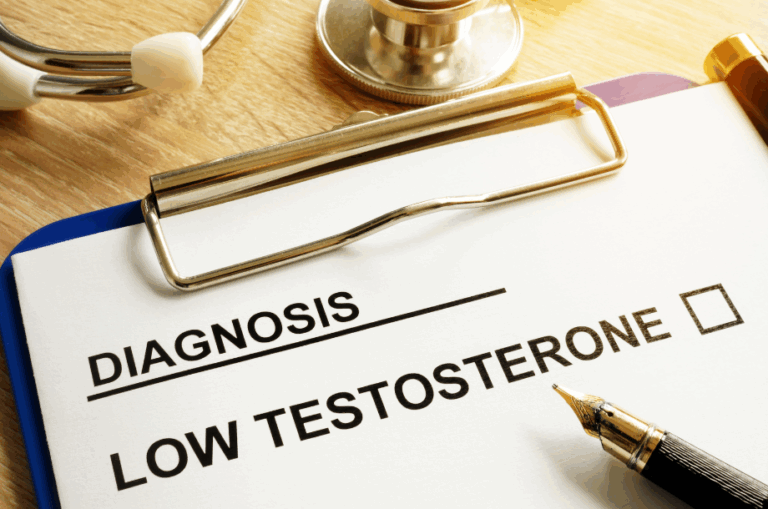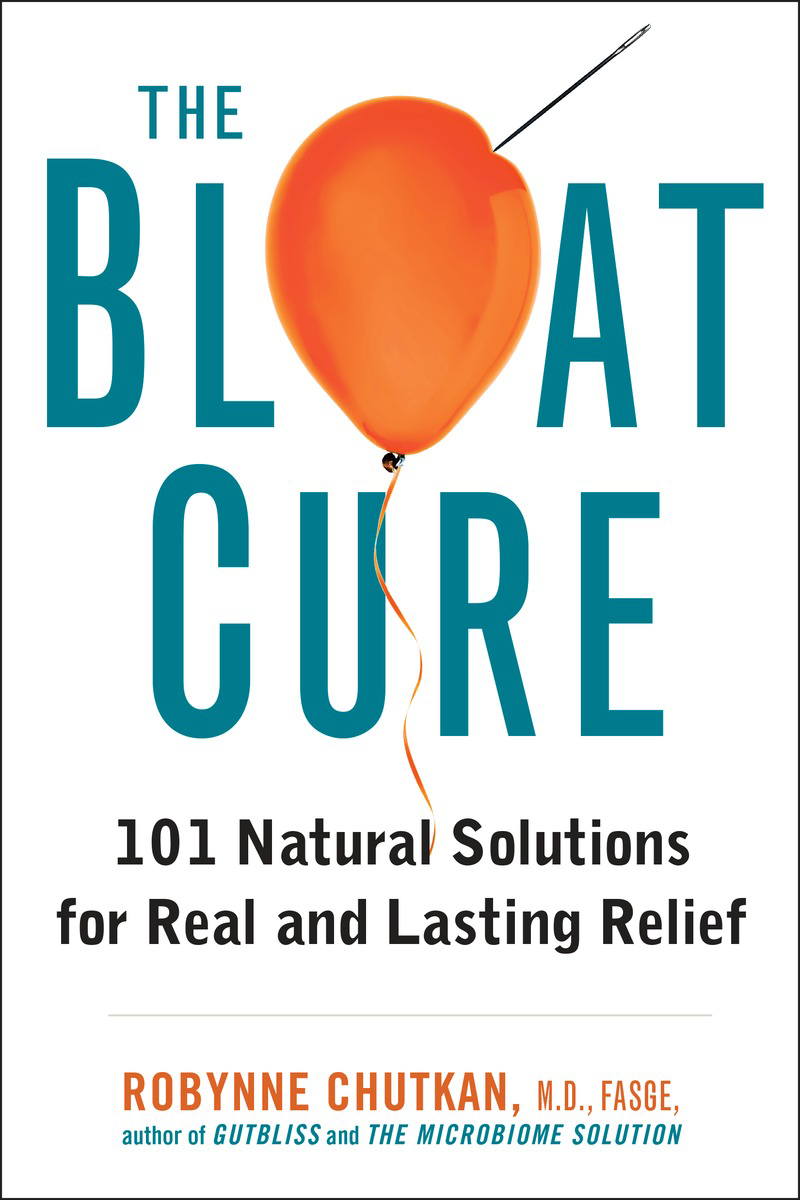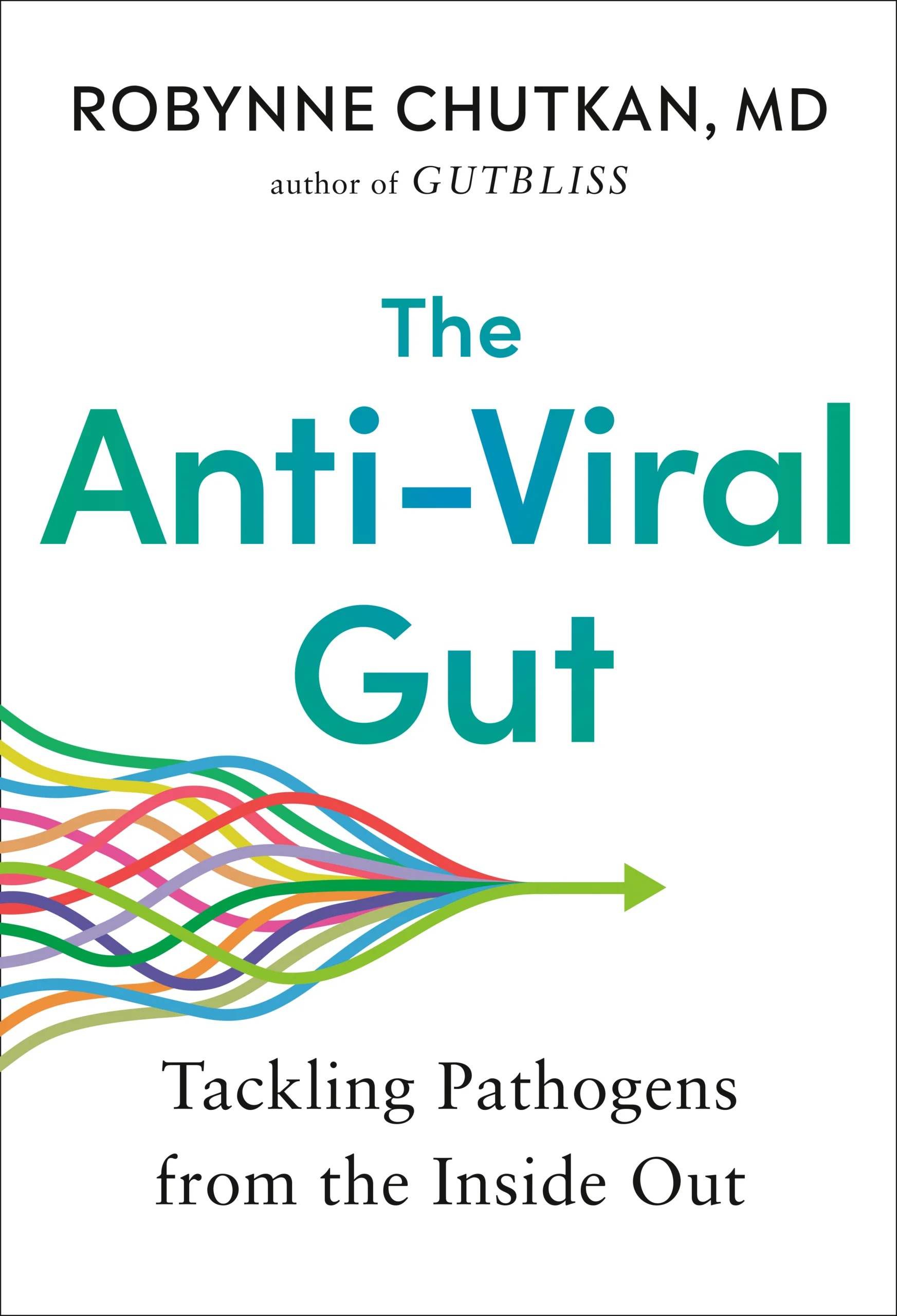While often publicized as a healthful choice, a gluten-free diet (GFD) can have its drawbacks. Based on a talk given by gastroenterologist and celiac disease expert, Dr. Peter Green, studies show that a GFD can result in the following:
- not enough fiber, low levels of B vitamins, and low iron
- high salt, fat, and sugar intake
- gluten contamination (a potential issue for those with celiac disease)
- increased heavy metals (lead, mercury, arsenic, cadmium, and tin)
- increased consumption of corn mycotoxin
- elevated food costs
While these are legitimate concerns, Dr. Chutkan works with a number of celiac and non-celiac gluten sensitivity (NCGS) patients and has found that the majority of these drawbacks are due to a diet rich in packaged gluten-free foods. With some mindful dietary modifications and additions, these concerns can be addressed and overcome.
Low fiber, B vitamins, and iron levels; high salt, fat, and sugar intake
Most gluten containing packaged foods and flours have been fortified with B vitamins and iron and act as a primary source of fiber for those who previously ate a diet high in these foods (such as breads, cereals, and pastas). Gluten-free packaged foods most often are not fortified, are lower in fiber, and contain more salt, fat and sugar to improve taste. Therefore, replacing gluten-containing processed foods with their gluten-free equivalents will often result in a dramatic decrease in fiber, B vitamins, and iron, as well as an increase in salt, fat, and sugar.
The fix: Eliminate processed foods (especially those targeted to the gluten-free audience such as gluten free cereals, pastas, breads, and crackers) from your diet and focus on eating a diet rich in fruits, vegetables, lean proteins, healthy fats like avocado, nuts and seeds, and gluten-free whole grains (gluten-free oats, quinoa, millet, and buckwheat to name a few). Also, focus on non-packaged foods high in fiber (vegetables and fruits), B vitamins (leafy greens and legumes, salmon and eggs), and iron (lentils, spinach, broccoli, and pumpkin seeds).
Gluten contamination
Gluten contamination is a common problem in gluten-free foods. A 2014 study found that out of 78 packaged gluten-free foods tested, 20% of them contained gluten, including 5 out of the 8 breakfast cereals tested. A recent study also detected gluten in approximately 32% of all gluten-free restaurant foods tested. There is an increasing problem of gluten contamination among the grains, seeds, and flours that are naturally gluten-free. When tested, 7 out of 22 samples (or 32%) were found to contain gluten and would not be considered gluten-free under the FDA regulations.
The fix: Limit eating out and if you have celiac disease, consider purchasing a NIMA device, which is scientifically backed as a reliable method to test gluten in foods. Choosing grains, flours, and seeds (even those that are naturally gluten-free) that are labeled “gluten-free” can also help in lessening gluten exposure.
Increased heavy metals
A study published last year found that some people on a gluten-free diet have higher levels of heavy metals within their bodies (toxic heavy metal accumulation can lead to cardiovascular disease, negative neurological effects, and cancer). The data was pulled from the NHANEs database and included people diagnosed with celiac disease on a gluten-free diet. Blood and urine sample results found that those on a GFD had significantly higher accumulations of mercury (70% higher than those not on a GFD), lead, cadmium, and arsenic (twice as high than those not on a GFD). Rice, one of the most widely consumed gluten-free grains and an ingredient in many gluten-free packaged foods, contains higher levels of mercury and arsenic, which could be one explanation for the elevated levels in gluten-free individuals. Researchers are unsure of the exact origin of these elevated heavy metal levels in those on a GFD, as well as whether or not they have long-term health consequences (especially in children). More studies are needed.
The Fix: While on a GFD, eat a wide variety of foods, focusing on foods low in heavy metals (vegetables, fruits) and limiting foods high in heavy metals (protein powders, high-mercury fish, rice, and gluten-free packaged foods). Also, vary your gluten-free grains: eat less rice and incorporate other gluten free grains into your diet, such as buckwheat, millet, teff, and amaranth.
Increased corn mycotoxin
Like rice, corn is also a main ingredient in many packaged gluten-free foods. Mycotoxins are toxic substances produced by fungi. Corn contains the mycotoxins aflatoxin and fumonisin and long-term overconsumption of these toxins can lead to immune deficiency and cancer.
The Fix: To avoid corn mycotoxin overexposure, limit the amount of corn-containing gluten-free foods you consume.
Elevated Food Costs
A 2008 study showed that packaged foods targeted to the gluten-free audience were significantly more expensive than their gluten-containing counterparts, approximately 242% more expensive on average. While many tout the expense of a gluten-free diet, this expense arises when gluten-free packaged foods are at the center of your food consumption.
The Fix: Focusing on whole foods that originate straight from the ground (vegetables, fruits, nuts, seeds, lean proteins such as legumes, beans, and fish, and not processed whole grains) will ensure a lower grocery bill and a healthier you.








